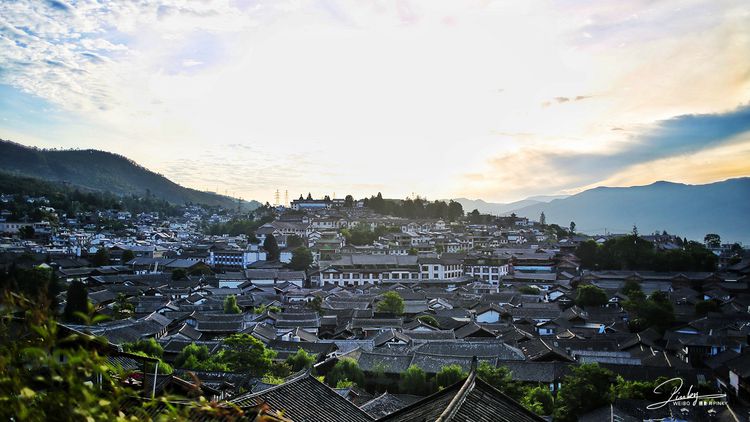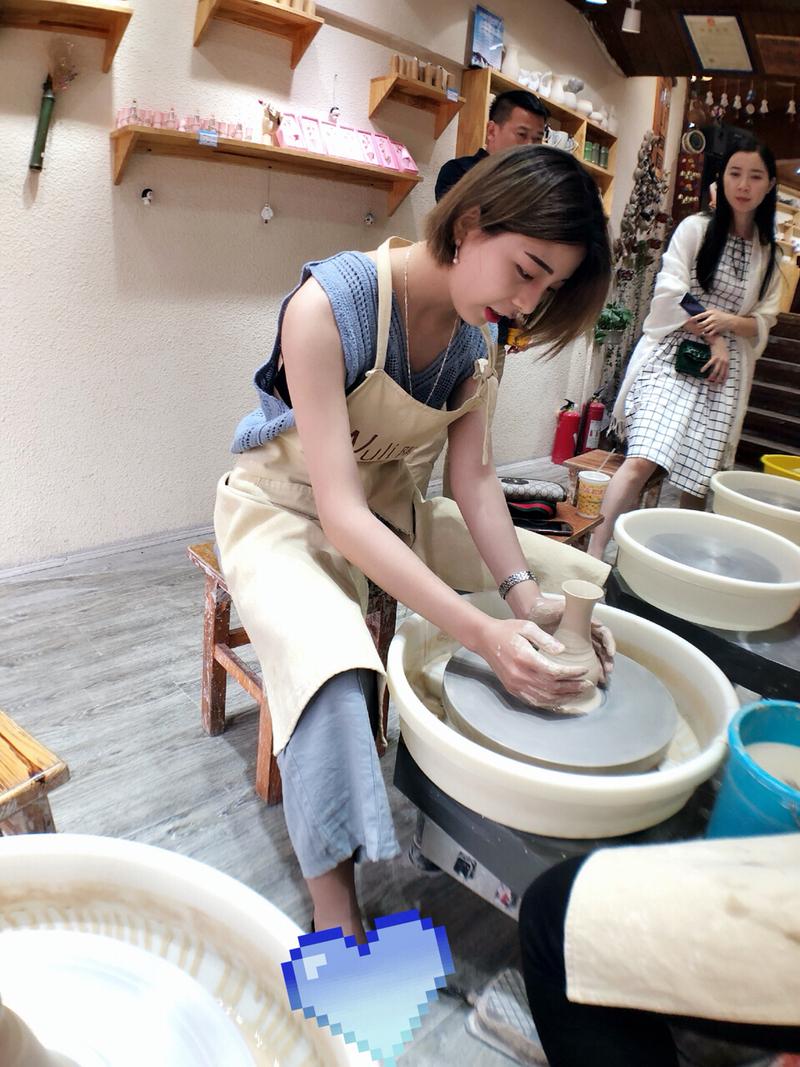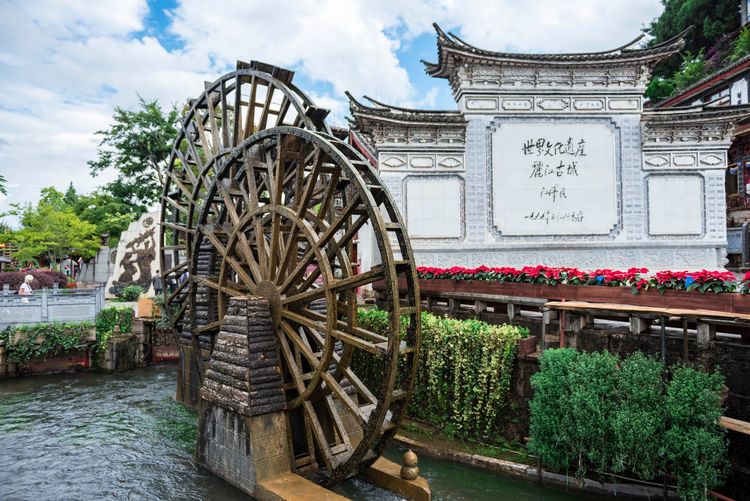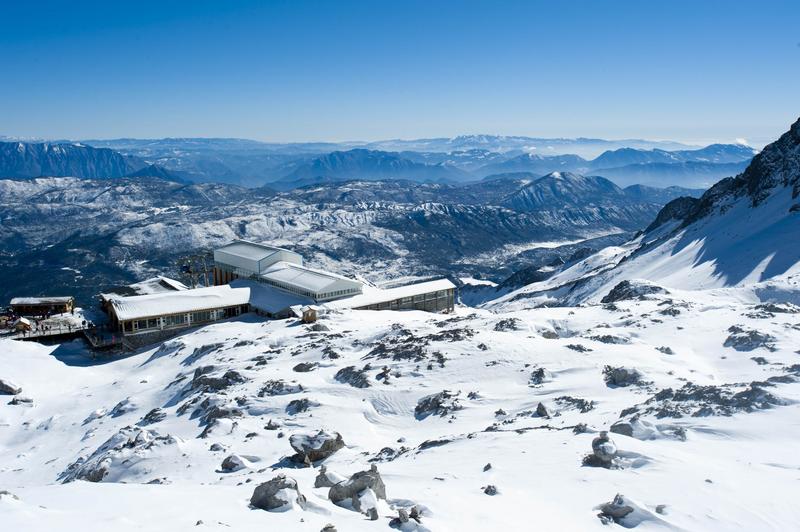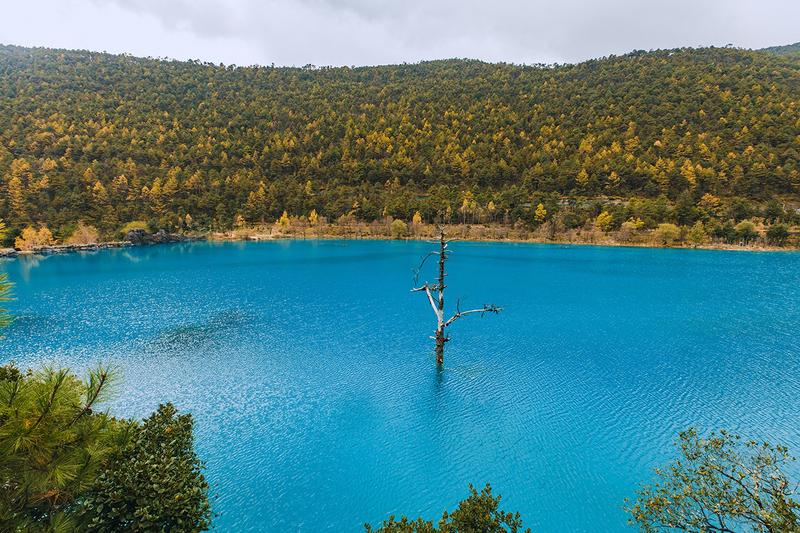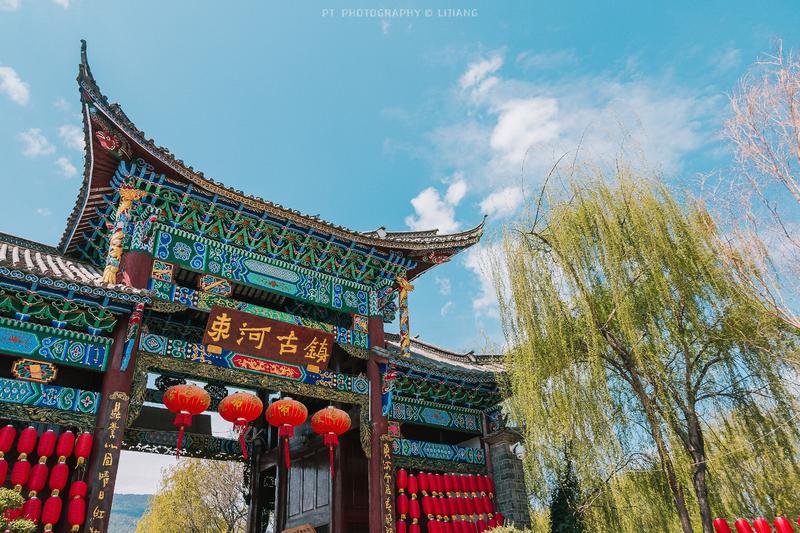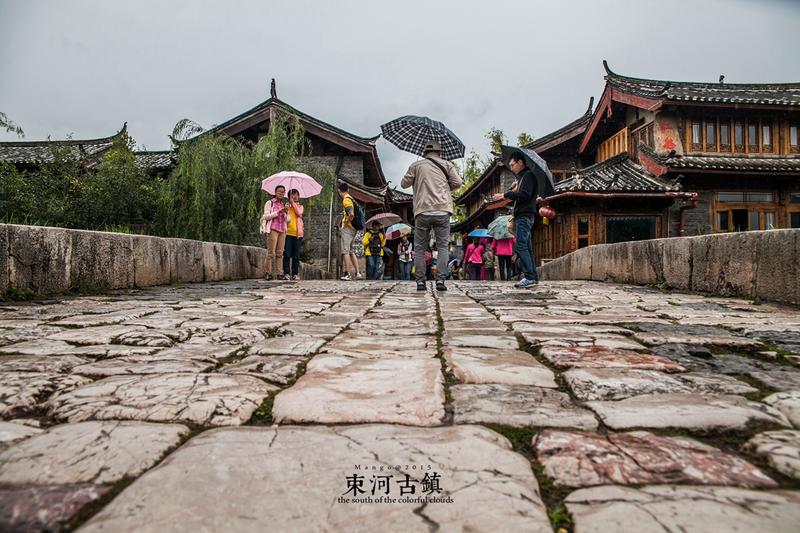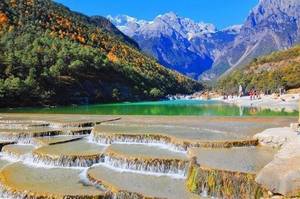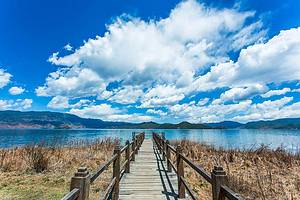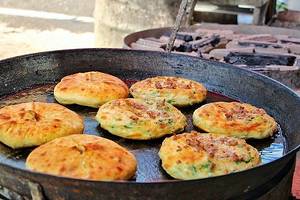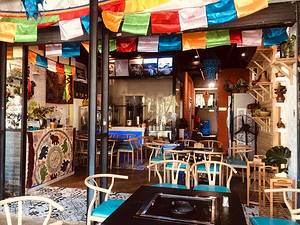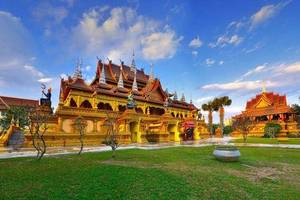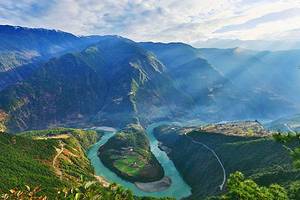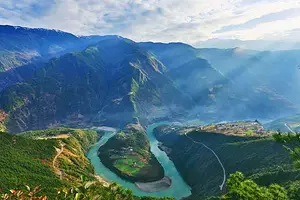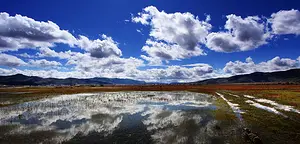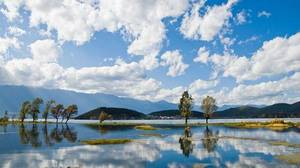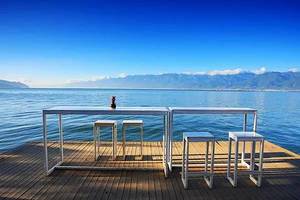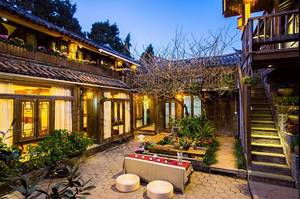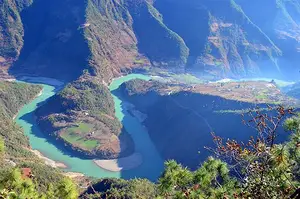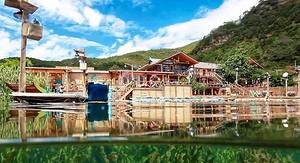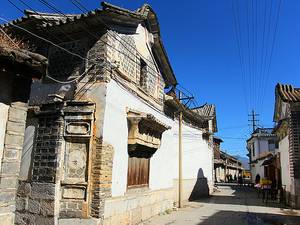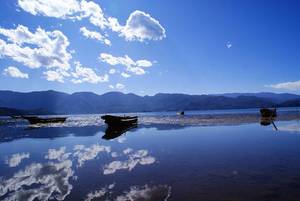Lijiang 3 Days: Ancient City, Jade Dragon, Ancient Town in One Package
1 cities |
10 attraction(s) |
total distance 66
km
 TIPS
TIPS
Day1
Day2
Day3
Day1: Lijiang
4 attraction(s) ·
13 km
1
This town is one of the most popular on the Tea Horse Ancient Road, with a history of 800-900 years. The ancient town has beautiful wooden buildings with green tiles, old streets and alleys, and small flowing bridges. Looking up from the East Street of the ancient town, you can see the Yulong Snow Mountain in the distance, with endless beautiful scenery.
Lijiang Ancient Town is one of the two ancient towns in China that have successfully applied for World Cultural Heritage as a whole city. It is a typical representative of distinctive characteristics and styles of Chinese dwellings. In the Southern Song Dynasty, Lijiang Ancient Town began to take shape, and in the Ming Dynasty it was called "Dayan Xiang" because it was located in the center of Lijiang Dam, surrounded by green waters and mountains, like a piece of jade inkstone, hence the name.
Many TV dramas such as "One Meter Sunshine" and "Mu Mansion Turmoil" have been filmed here.
1
km
2
The Mu Palace in Lijiang Ancient Town is the former residence of the Mu family, who were rulers of the area during the Ming Dynasty. It incorporates the styles of Central Plains architecture along with those of the Bai and Naxi ethnic groups, and is one of the town's most iconic buildings. After several centuries, much of the palace was destroyed by war, and the surviving parts were severely damaged during the 1996 earthquake. The reconstructed Mu Palace now stands tall as a major attraction in Lijiang Ancient Town. If you visit Lijiang and don't experience the Mu Palace, you can hardly say that you've truly set foot in this ancient city.
7
km
4
- The famous buildings and iconic landmarks of Lijiang Old Town are must-visit photo spots for tourists.
- One of China's ancient irrigation tools, showcasing the outstanding labor skills of ancestors and precious cultural heritage.
- The old town used to have waterwheel devices, with the large waterwheel being the most famous, still in use in some remote areas today.
- The waterwheels in Lijiang Old Town are not only iconic buildings but also have ornamental value.
Day2: Lijiang
3 attraction(s) ·
5 km
1
Yulong Snow Mountain, located north of the city center of Lijiang in Yunnan Province, is a typical representation of modern glaciers. The park, composed of caves and tunnels formed by glacier erosion, is one of the geomorphic remnants of the Quaternary glaciers and is known as the "Lucerne Glass Palace." Whether it's autumn, winter, or spring, or in the summer, it is an unmissable tourist destination. In autumn, winter, and spring, it is covered in white snow, while in summer, visitors can experience the glaciers that formed over 40,000 years ago up close. Visitors can also enjoy the magnificent and pristine beauty of the white mountain at the summit and take a photo with the altitude marker stone at 4,680 meters as a keepsake.
4
km
2
This place was once known as the "Baishuihe" and is located in the valley to the south of Yunsiping, on the east foot of Jade Dragon Snow Mountain. The river here originates from the melting ice and snow of the snow mountain, flows down the steep cliffs, and forms a clear and cool water flow in the deep valley upstream of the Blue Moon Valley. In sunny weather, the river water appears blue, and the entire valley is like a blue moon embedded at the foot of Jade Dragon Snow Mountain, hence the name Blue Moon Valley. Due to the obstruction of the mountains, the water flow formed four large lakes, namely "Yuyue" Lake, "Jingtan" Lake, "Lan Yue" Lake, and "Tingtao" Lake.
2
km
3
This lawn is located to the east of Jade Dragon Snow Mountain, at an altitude of 3240 meters. It is a large open space hidden in the primeval spruce forest. This is the entrance to the mythical "Third Kingdom of the Jade Dragon" in the Naxi culture, where you can get a close-up view of the magnificent Jade Dragon Snow Mountain, with its thousand-year-old glaciers almost within reach. According to legend, this is also the place where the first couple of the Naxi people sacrificed themselves for love, so it is also known as the "Valley of Sacrificial Love".
Day3: Lijiang
3 attraction(s) ·
1 km
1
This small town is located in the northwest of the Lijiang Old Town, surrounded by mountains and with a gentle flow of water. Compared with Dayan Ancient Town, it is more peaceful and quaint. The town is close to the Jade Dragon Snow Mountain, with rolling mountains, verdant trees, and beautiful scenery. There are ancient buildings such as the Dashi Bridge and Dajue Palace, which are well-preserved and have murals depicting characters and images from Buddhism. As an important part of the World Cultural Heritage site of Lijiang Old Town, it was named as a CCTV "China Charming Town" in 2005.
1
km
2
During the Wanli period of the Ming Dynasty, the Qinglong Bridge in Lijiang began to be built, and now it has a history of more than 400 years. This ancient stone bridge is 25 meters long, 4.5 meters wide, and 4 meters high, all built with stone blocks. It is the most prominent among Lijiang's ancient stone bridges. This landmark building carries the memory of the heyday of the Mu clan chieftains and has been washed by wind and rain for hundreds of years. The bridge deck is now mottled and old, but still retains a solemn and heavy atmosphere. In spring, the willows by the bridge bloom new shoots, like smoke and gauze. The green waves seem to surge onto the bridge deck, creating the image of the "Smoke and Willow Flat Bridge."
1
km
3
The Tea Horse Ancient Road Museum, also known as the Dajue Palace, was built in the Shuhe Yard of the Mu clan in the Ming Dynasty and is a precious ancient architecture. The museum is divided into eight exhibition halls, including the Prologue Hall, Mural Exhibition Hall, Historical Events Hall, Shuhe Hall, and Leatherworker Hall. It is an important way for people to deeply understand the history and culture of the Tea Horse Ancient Road. As the first museum in China dedicated to showcasing the history and culture of the Tea Horse Ancient Road, it is also the first professional institution in Lijiang City engaged in the research, promotion, and dissemination of Pu'er tea culture.
